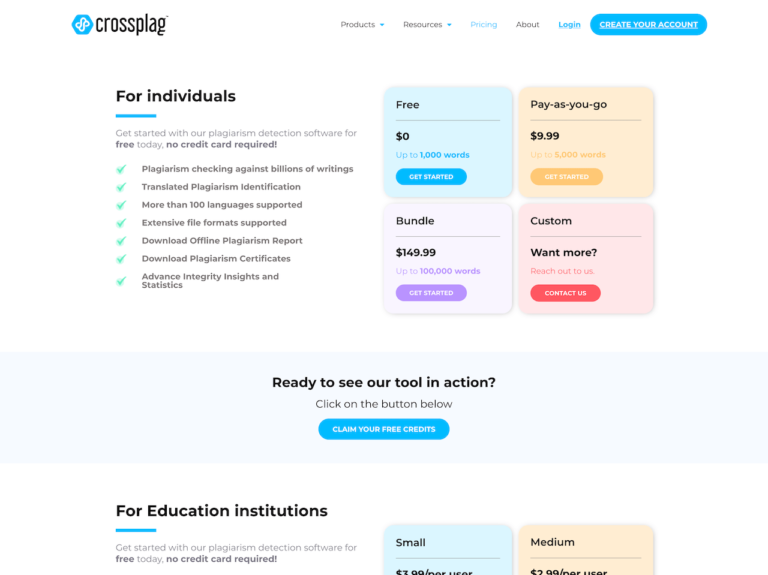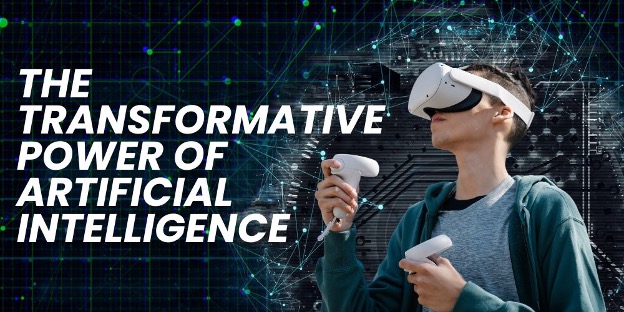Here are ten important glossary items in AI and machine learning that everyone should know, along with detailed descriptions and examples:

- Artificial Intelligence (AI): A field of computer science that focuses on creating intelligent machines capable of performing tasks that typically require human intelligence. Examples include speech recognition, image classification, and natural language processing.
- Machine Learning (ML): A subset of AI that involves developing algorithms and models that enable computers to learn and make predictions or decisions without being explicitly programmed. For example, training a model to classify emails as spam or non-spam based on historical data.
- Deep Learning: A subfield of machine learning that uses artificial neural networks with multiple layers to extract high-level representations from raw data. It has been highly successful in various domains, such as computer vision and natural language processing. For example, deep learning models like Convolutional Neural Networks (CNNs) can classify images into different categories.
- Neural Network: A computational model inspired by the structure and functioning of biological neural networks. It consists of interconnected nodes (neurons) organized in layers and is capable of learning patterns and relationships in data. An example is a feedforward neural network used for digit recognition, where the input is an image of a handwritten digit, and the network learns to recognize the digit based on its features.
- Supervised Learning: A type of machine learning where a model is trained on labeled data, meaning each input is associated with a corresponding target output. The model learns to map inputs to outputs by generalizing from the training examples. An example is training a model to predict house prices based on features like area, number of rooms, and location using a dataset where each house is labeled with its actual price.
- Unsupervised Learning: A type of machine learning where the model is trained on unlabeled data and aims to discover patterns or relationships in the data without specific target outputs. An example is clustering customer data to identify distinct groups based on their purchasing behaviors without any prior knowledge of the groups.
- Reinforcement Learning: A type of machine learning where an agent learns to make decisions in an environment to maximize a reward signal. The agent interacts with the environment, receives feedback in the form of rewards or penalties, and adjusts its actions accordingly. An example is training an AI agent to play a game, where it learns to make moves that lead to higher scores or rewards.
- Feature Extraction: The process of selecting or transforming raw data into a format that is more suitable for machine learning algorithms. It involves identifying relevant features or representations that capture the underlying patterns in the data. For example, extracting features from an image such as edges, textures, or colors to train an image recognition model.
- Overfitting: A phenomenon in machine learning where a model performs well on the training data but fails to generalize to new, unseen data. It occurs when the model becomes too complex and learns noise or irrelevant patterns in the training data. An example is a model that memorizes the training examples instead of learning the underlying patterns, leading to poor performance on new data.
- Bias-Variance Tradeoff: A fundamental concept in machine learning that refers to the relationship between a model’s ability to fit the training data (low bias) and its ability to generalize to new data (low variance). Models with high bias may underfit the data, while models with high variance may overfit the data. Achieving a balance between bias and variance is crucial for building models that generalize well. An example is adjusting the complexity of a model, such as the number of parameters or the depth of a neural network, to find the optimal tradeoff between bias and variance.
These ten terms provide a solid foundation for understanding AI and machine learning concepts and their practical applications. Every beginner should know them first.

















+ There are no comments
Add yours